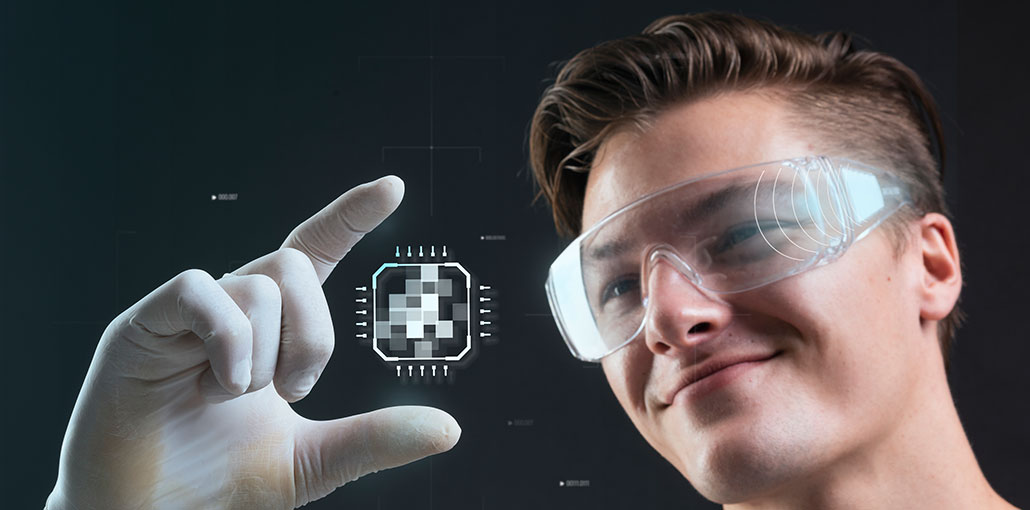When you think of lifesaving technology, you might consider highly technical medical equipment or advanced GPS tracking devices. But what about the technologies we interact with on a daily basis? We use these technologies to create a more secure and safer environment for ourselves and the people around us. From our cars to outside our business, different innovations are at work, keeping us out of harm’s way every single day.
Continue reading to learn about four lifesaving technologies you’ve never really thought about — but have certainly experienced.
1. Storm Drains
A storm drain is an example of a lifesaving technology that is often overlooked. Storm drains are a series of pipes and canals underground that are designed to collect and drain excess water from rain or snow.
Drains are typically set in low-lying spots on roads or properties where water naturally migrates due to gravity. When drains function properly, the extra rainwater will channel below ground and empty into a natural waterway. This prevents flooding in the surrounding areas, such as:
- Roads
- Sidewalks
- Yards
- Landscaping
- Pathways
- Parking lots
Proper drainage systems are necessary for avoiding flooding and the property damage that comes with it.
Flooding disasters can be expensive and very dangerous, as the floodwater can carry harmful bacteria and become electrically charged. Did you know that 1 inch of rain over one acre of land is equivalent to over 27,000 gallons of water? Without proper storm drains, that water would travel and cause harm to the people and buildings in its path.
Also read: The Gabb Watch is The First Smartwatch That Connected to kids and Keep Them Safe
2. Bollards
Bollards are vertical posts used to create a barrier, both visually and physically. When you go shopping or dine at a restaurant with outdoor seating, you are likely to see these bollards set up outside near streets or parking lots. These essential heavy, immovable posts jut from the ground, usually sunk into asphalt or concrete.
People set up these posts to keep drivers and pedestrians separate as well as to deter possible vehicle-into-building accidents. Bollards are often a building’s first line of defense against erratic drivers. Did you know at least five vehicle-into-building accidents occur every day in the United States? Most of these types of crashes occur at the following places:
- Retail stores
- Restaurants
- Businesses (car washes, law offices, etc.)
If a driver accelerates towards a building with bollards in front of it, the posts could potentially stop the vehicle or lessen the damage done to the building. Other protective devices that function similarly to bollards include:
- Curbs
- Wheel stops
- Fences
- Medians
- Planters
Some businesses have fun with their bollards by using them as promotional or branding tools. Bollard covers and attachments for lights can bring even more awareness to this lifesaving technology and keep pedestrians and businesses safer.
3. Car Horns
When we think of an automobile’s safety features, we often think of seat belts and airbags without batting an eye. Too frequently we forget that a car’s horn was created as a safety feature as well.
Drivers beep their horns all the time. Some people honk in solidarity or say hello from afar. Others beep when they are frustrated or angry. There are several reasons why someone may honk their horn on the road.
The purpose of a car horn, however, has nothing to do with saying hi or road rage. Its sole purpose is to alert other drivers of impending hazards or warn someone when they are coming dangerously close to your vehicle. Car horns should be reserved for these moments and a driver should avoid using their horn without danger present.
The sound of an average car horn is anywhere from 100 to 110 decibels from the outside of a vehicle. That means your honk is as loud as a jackhammer. So unless it’s a moment where you could save someone else’s life or car, you generally shouldn’t beep at people. A car horn is a lifesaving technology and drivers should treat it as such.
Also read: The Best Wearable Technology Trends in 2021
4. Handrails
Most homes have handrails along their staircase or accompanying their front porch steps. While these fixtures may appear to be decorative or maybe draped in decorations, handrails have a very important safety function. They’re put in place to avoid unnecessary falls and injuries. Elderly people should have handrails anywhere in their home where the floor is uneven to avoid dangerous falls.
Handrails are in commercial buildings as well as in homes. In workplaces like manufacturing plants or warehouses, neglecting to have the proper handrails can cost $10,000 to $130,000 in fines from the Occupational Safety and Health Administration (OSHA). Handrails, like grab bars, are meant to help any person who might trip or fall stabilize themselves and avoid injury.
OSHA classifies handrails as part of fall protection and provides commercial guidelines for the following:
- Where handrails are necessary
- The best way to install handrails
- Correct handrail sizes and dimensions
Handrails help millions of people safely function and move around their homes and workplaces every single day.
Safety Starts With Prevention
Remember that safety starts with prevention! Take advantage of these and other lifesaving technologies wherever you can, whether you are at your business or in your vehicle.
In order to protect your community against unnecessary harm, it’s important to understand how these technologies function in your day-to-day lives. We encourage you to start observing the lifesaving technologies hidden in plain sight all around you and stay safe out there!










Leave a comment